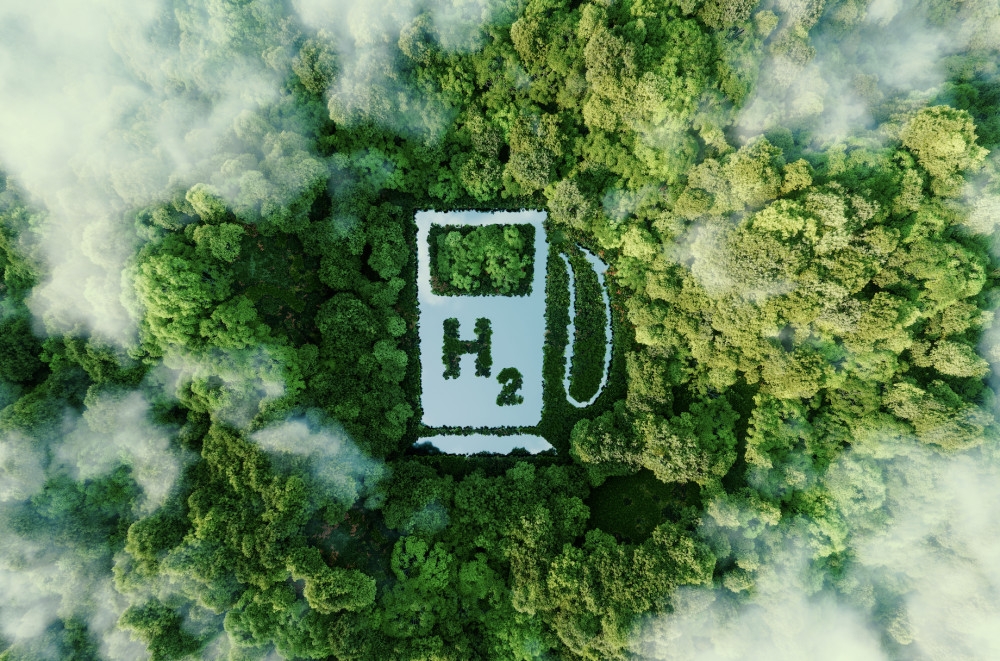
About 95% of the hydrogen globally produced on the Earth currently derives from fossil fuels. This leads to several problems: first, the fossil resources are decreasing rapidly; second, the use of the fossil fuels results in severe environmental externalities such as greenhouse effect and global warming. To overcome these challenges, novel processes need to be designed to produce energy from renewable sources. In particular, solar energy, as a clean and inexhaustible source, has received growing attention in the past decades. Photoreforming of organic waste represents an elegant and fascinating way to convert solar energy into chemical energy – in the form of renewable hydrogen – using materials called photocatalysts. The ability to convert organic waste into valuable products presents unlimited economic benefits and further enables the sustainability and carbon neutrality of the technology.
Several metal oxides semiconductors have been proposed as photocatalysts for hydrogen production. Amongst them, titanium dioxide (TiO2) is the most widely used, due to its chemical stability, non-toxicity, and availability. However, despite these advantages, the efficiency of TiO2 is strongly limited by its lack of visible light driven ability.
This collaborative project aims to bring together experts from across the globe to explore novel sustainable routes for production of hydrogen. In light of the net zero greenhouse gas emission pledges, currently covering over nine-tenths of the global economy, sustainable hydrogen has the potential to play a key role in contributing to broad decarbonisation.
The goals of this project are to:
(i) Design novel photocatalysts for hydrogen production that can efficiently work under visible light irradiation.
(ii) Map the selectivity of photoreforming for different sources of renewable biomass.
(iii) Assess the feasibility of the process via life cycle analysis.
We will achieve these challenging goals through a combination of experimental and computational techniques directed towards discovery of novel photocatalytic materials and design of novel sustainable routes for hydrogen production.
We will build on the diversity of the project team, including members from Europe, America, Africa, and Australia, to establish new collaborations and develop new knowledge within the World University Network. With our focus on sustainability, energy systems and the key role of green hydrogen in contributing to broad decarbonisation, we will address many governments’ ambitions to become leaders in the net-zero greenhouse gas emission. Our focus on sustainable hydrogen production will have a wider societal impact on the understanding and perceptions of the public. Immediate societal benefits will be targeted by using our methodology to illuminate alternative approaches to produce energy and address critical environmental issues.